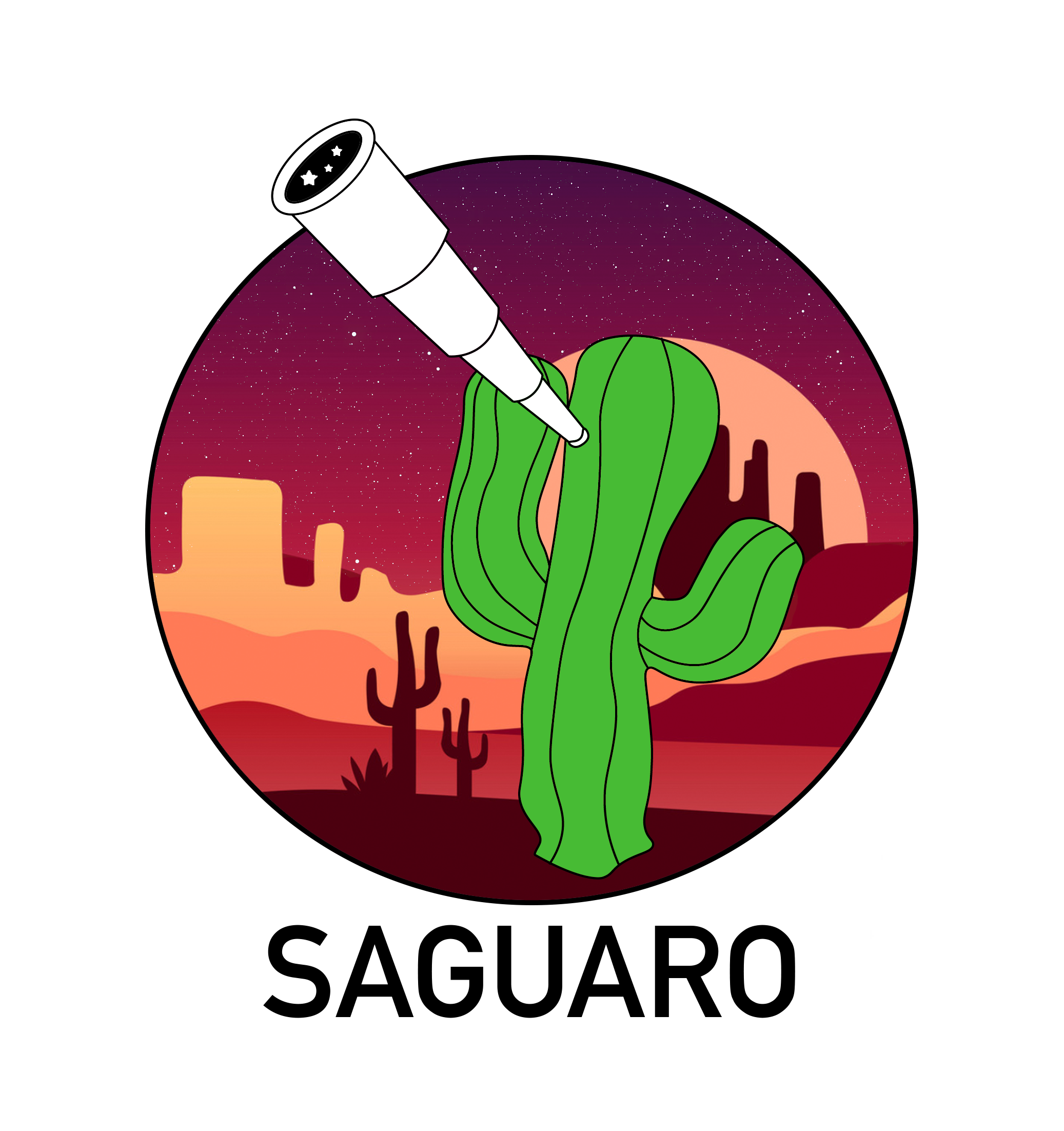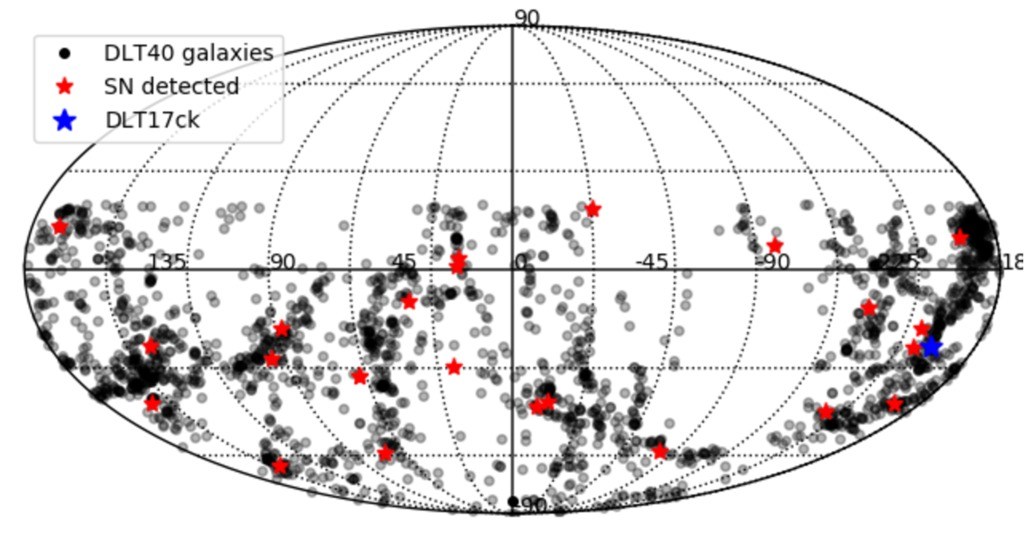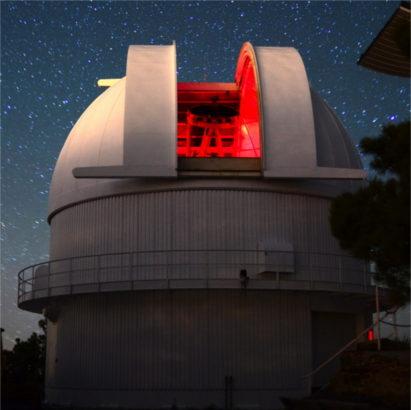About Michael

Michael is currently a staff astronomer at the W. M. Keck Observatory in Waimea, Hawaii. His main interests concern observations of the transient universe. This includes a focus on searches for supernovae and kilonovae, and the associated software infrastructure. Michael was previously a postdoctoral scholar at the University of Arizona where he led the Searches After Gravitational waves Using ARizona Observatories (SAGUARO) program and was a core member of the Distance Less Than 40 Mpc (DLT40) survey. He obtained his Ph.D. from the University of Wyoming in 2015, under the supervision of Chip Kobulnicky.


